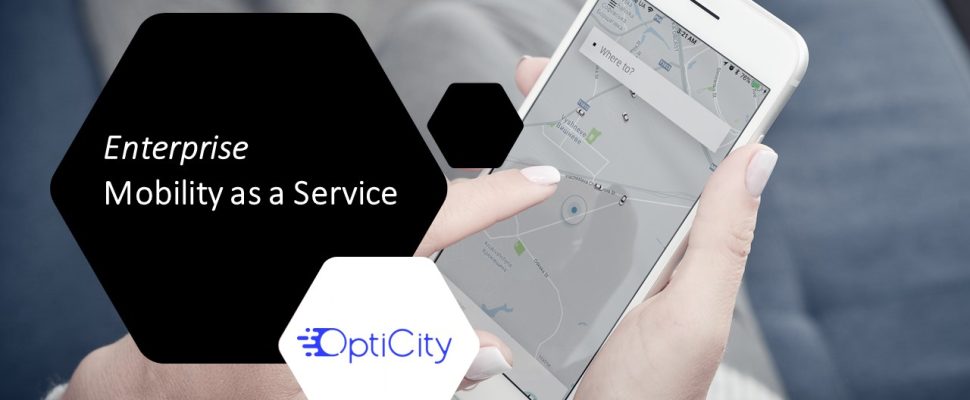Everything you need to know about MaaS
Running into this new term – MaaS – lately? Or EMaaS?
Well, rightly so. The impact of MaaS is on all of our lives, and it’s time we drill a little further and get a better understanding.
Mobility-as-a-Service (MaaS) is an emerging type of service that, through a joint digital channel enables users to plan, book, and pay for multiple types of mobility services*. It describes the movement to tailor-made mobility solutions, away from private vehicles (our cars), and into shared transportation methods (public, private).
Commuters can now book their preferred ride from anywhere, using the various apps, and have a complete outlook on their journey: method of travel, time of departure and arrival, vehicle size, routes and more.
Mobility services that exist today, starting with the simplest, include: carpool carsharing, scooter and bicycle sharing solutions (visit TLV sometime), public transportation that is more e-friendly, and of course – ride-sharing companies. The future services will likely include autonomous vehicles, which are expected to be much more feasible financially. But we’ll have to wait and see how safe they are.
Market influences and size
A market research report shows that the Mobility as a Service Market size is predicted to reach $40.1 billion by 2030 from an estimated increase of $3.3 billion in 2021** The study attributes the growth of this market to increasing smart city initiatives, growing adoption of on-demand mobility services, need to reduce CO2 emissions, improved 4G/5G infrastructure, and penetration of smartphones.
Ridesharing Market is expected to reach USD 61.24 Billion by 2026!**** The increase in demand for cost-saving and time-saving transport will drive the market. ** The increasing cost of vehicle ownership, the need to reduce traffic for environmental concerns, and government regulations promoting ridesharing options are major factors driving the adoption of ridesharing services across the world.
Impacts on the individual vs the world
The obvious positive outcome of this transportation evolution is a decline in private vehicle ownership. Ultimately leading to a lower number of total vehicles on the road, and less harmful emissions of gasses. We are moving towards a greener environment, finally.
OptiCity has an active part in this transformation
In practice, OptiCity offers a holistic solution that allows every organization complete control and optimization of their employee transportation. Using our end-to-end platform features and application, drivers-passengers-managers-dispatchers have a real-time view of all data. The result are substantial cost savings, passenger comfort, clear communication between all parties, and a green contribution.
Expect 2022 to bring the topic of Enterprise – Mobility as a Service into the frontline. Especially since its impact is on everyone’s lives.

















